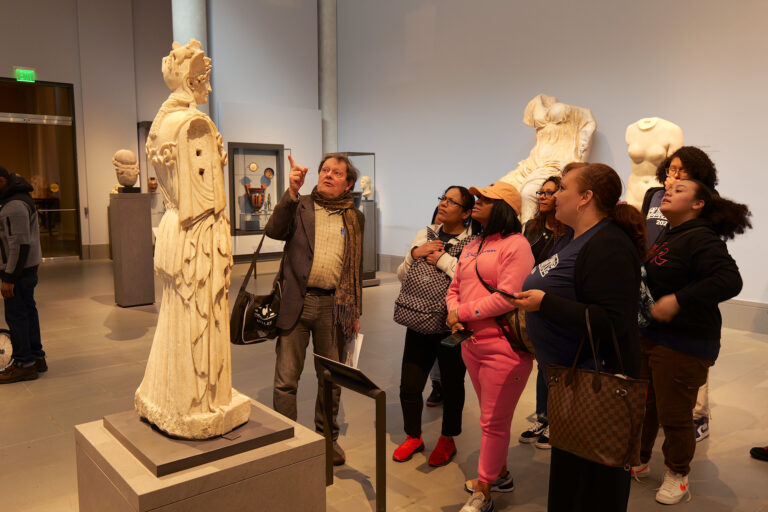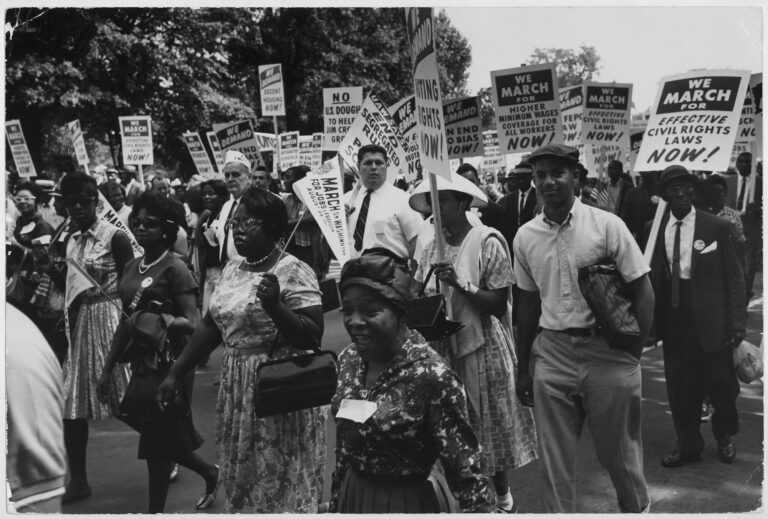
Some works of literature transform the way we view the world and move us to act in ways we didn’t anticipate. I like to think of these type of works as literary interventions—acts of resistance by means of representation—that can produce change.
The third and final writer I’m covering in this series (read the first post here and second here) is Afro-Peruvian writer, intellectual, musicologist, and cultural critic Nicomedes Santa Cruz.
The décima, a transculturated poetical form
First a word about the decima. Brought from Spain to Latin America in the colonial period, it became a true Latin American genre, practiced in many countries, often sung in counter point.
Décima refers to the number of lines in a poem, diez (ten) in Spanish. A décima has ten verses of eight syllables of variable ABBACCDDC rhyme (Santa Cruz 29), sung or recited accompanied by music with audience participation. Most décimas open with an octosyllabic forced quatrain that introduces the theme. Stanzas of ten-line verses of eight syllables are composed live or recited from memory. If composed live, they highlight the ability of the decimista (décima performer) to improvise and rhyme the last line of each stanza to each of the lines in the forced quatrain. It’s within the formal constraints of the décima that improvisation takes place.

Nicomedes Santa Cruz (1925-1992)
Born in Lima in 1925, Nicomedes Santa Cruz, a factory worker at the time, became a decimista after meeting Don Porfirio Vázquez, that great patriarch of black folklore, in 1945. No longer in force in Spain, the décima’s internal rhythm and links to music and performance operated as an oral mnemonic structure for populations historically barred from acquiring formal education.
It’s from within the décima tradition that Santa Cruz would stage the recovery of Afro-Peruvian roots beginning in the mid-1950s. Santa Cruz’s work coincides with renewed debates on the nature of Peruvian identity and culture as a result of rural migration to the capital city and working-class activism. His work chronicles and contributes to this social and ethical awakening.
Black Rhythms of Peru
The first sketch that would become the lynchpin of recovery of Afro-Peruvian roots was written in 1956, but completed and performed by the bard himself in 1957 to critical acclaim (Maríñez 115). Though Santa Cruz published several poems and recorded various discs, it was not until the publication of the collection Ritmos negros del Perú in 1971 that his efforts to recover what he termed a Peruvian africanía—one that forged diasporic connections (Africa, the Black Atlantic, the Caribbean, Brazil, Mexico), acknowledged indigenous histories of silencing and dispossession, and worked in social justice themes—attained national and international recognition.
Forced quatrain
Rhythms of slavery
Against bitterness and sorrows
To the rhythm of the chains
Black Rhythms of Peru.
…And so they say:
I
1My grandmother arrived from Africa
2Clad in seashells
3She was brought by Spaniards
4In a caravel.
5They branded her with hot iron
6The slave brand was her cross
7And in South America
8To the rhythm of her sorrows
9The black drums broke into
10Rhythms of slavery
II
For one coin only
They resold her in Lima
And in the Plantation “La Molina”
She served the Spanish people
With other blacks from Angola
They earned for their labor
Mosquito bites for their veins
Harsh ground for sleeping quarters
And nothing, no solace
Against bitterness and sorrows…
III
In the sugarcane plantation
The sad socavón was born
In the sugar mill
The black man sang the zaña.
The machete and the scythe
Hardened his dark hands;
And the Indians with their quenas
And the black man with his drum
Sang their sad fate
To the rhythm of the chains…
IV
The old blacks died
But amidst the dry sugarcane
Their zamacueca is heard
And their panalivio from afar
And one can hear the festejo
That they sung in their youth
From Cañete to Timbuktuu
From Chancay to Mozambique
Carrying within their vibrant sounds
Black Rhythms of Peru.
The collection’s lead poem places Afro-Peruvian history and roots alongside other Afro-Latin American cultures, making their experience part of the greater history of slavery in the Americas, a theme carried throughout. Because the grandmother’s story embodies other Middle Passage crossings, she becomes a powerful avatar of resistance. Her journey is marked by a double displacement: she is branded with the hot carimba (slave branding tool) upon arrival and then transported to the Pacific Ocean. Santa Cruz underscores her circuit and destination as Spanish to differentiate it from Brazilian, French, Anglophone Caribbean, and the United States—important because English-language discussions of the Back Atlantic and the Middle Passage center on the Anglophone world, and because in Latin America the long-held view that African roots were confined strictly to Cuba, Puerto Rico, the Dominican Republic, and Brazil resulted in the erasure of African contributions to many national cultures in the Latin American mainland.
The last stanza identifies the sugar plantation as the birthplace of Afro-Peruvian music. After passing, the first generations leave their musical legacy: the zamacueca, the panalivio, and the festejo. Thus, because it is deployed to claim belonging, to assert rootedness, and express resistance and self-assertion, the European provenance of the décima is subverted, turned inside-out. Its rhythm and content bears witness to the survival of an African memory that survived the Middle Passage and was reinvented and reimagined by Afro-Peruvians. However, Santa Cruz places indigenous history of suffering and dispossession alongside that of former slaves, thereby acknowledging that shared history of dispossession with indigenous communities across the Americas.
By claiming the African strand as one of the essential living roots of Peruvian culture, Santa Cruz recognizes Afro-Peruvians as peoples whose history and struggles, though largely unacknowledged, have contributed much to national culture, and restores blackness to its central place within Peruvian culture—effecting resistance by means of representation.



